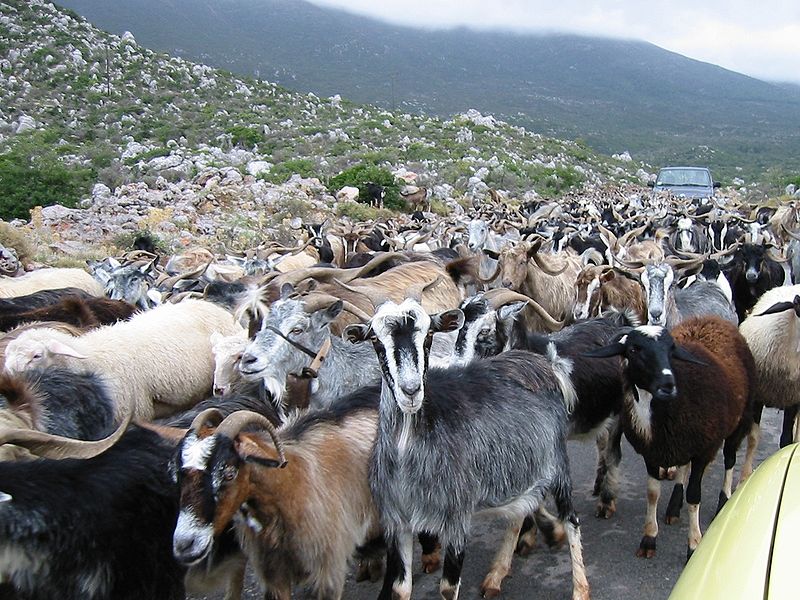A number of animal cases and a human case of the bacterial, zoonotic disease, Brucellosis, have been reported from the town of Rila, Kyustendil Province, in southwestern Bulgaria, according to a Bulgarian news source.

The Focus Information Agency reports a man from Rila who owned a buffalo farm contracted the bacterial infection. This is the first human brucellosis case in the region in several years.
According to the report, the man went to his doctor in April exhibiting symptoms. He was treated for pneumonia. The investigation into the case shows the man drank dairy products when he was on a visit to a family in Rila. The family produced milk on their farm.
In addition, local media reports a brucellosis outbreak that has been confirmed positive in 15 goats from three sites in Rila. The animals are kept at the barns and there is a ban on the consumption of milk and dairy products, as well as other animal products.
Brucellosis is a contagious disease of animals that also affects humans. The disease is also known as Bang’s Disease. In humans, it’s known as Undulant Fever.
Brucellosis is one of the most serious diseases of livestock, considering the damage done by the infection in animals. Decreased milk production, weight loss, loss of young, infertility, and lameness are some of the affects on animals.
The Brucella species are named for their primary hosts: Brucella melitensis is found mostly is goats, sheep and camels, B. abortus is a pathogen of cattle, B. suis is found primarily in swine and B. canis is found in dogs.
There are two common ways people get infected with brucellosis. First, individuals that work with infected animals that have not been vaccinated against brucellosis. This would include farmers, slaughterhouse workers and veterinarians.
They get infected through direct contact or aerosols produced by the infected animal tissue. B. abortus and B. suis are most common.
The second way is through ingesting unpasteurized dairy products. This is seen in people who travel to areas of the Middle East or Latin America (B. melitensis) where brucellosis is endemic in ovine and bovine animals.
Brucellosis is also an occupational hazard to laboratory workers who inappropriately handle specimens or have an accident or spill. Brucella is highly infectious in the aerosolized form.
If someone gets infected with Brucella, the incubation period is about 2-3 weeks, though it could be months. Fever, night sweats, severe headache and body aches and other non-specific symptoms may occur.
Acute and chronic brucellosis can lead to complications in multiple organ systems. The skeletal, central nervous system, respiratory tract, the liver, heart, gastrointestinal and genitourinary tracts can all be affected. Untreated brucellosis has a fatality rate of 5%.
Related news:
Bulgaria reports human anthrax death in Varna district
Europe reports first human West Nile virus case in Bulgaria
Europe reports slight increase in cefixime resistance in gonorrhea


3 thoughts on “Human and animal Brucellosis reported in Rila town, Bulgaria”